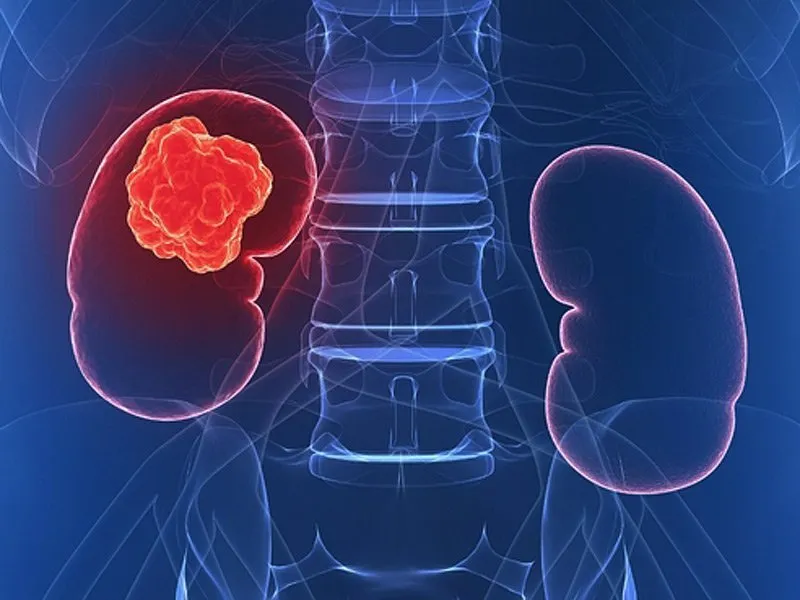A new technique developed by researchers at the UCLA Health Jonsson Comprehensive Cancer Center seems to be highly effective in detecting the most common kind of kidney cancer, clear-cell renal cell carcinoma. The study findings, published in The Lancet Oncology, may save unnecessary procedures and ensure timely treatments for patients. Potentially changing how doctors diagnose and treat kidney cancer.
Early diagnosis is important, said Dr. Brian Shuch, director of the Kidney Cancer Program at UCLA and the lead study author. “If kidney cancer is diagnosed late, survival chances drop significantly if it has spread,” he said. “But if it was early, then more than 90 percent can survive for at least five years.” The reason early detection of clear-cell renal cell carcinoma is important is because it tends to grow and spread relatively quickly.
Renal cell carcinomas represent 90% of all renal solid tumors. And over 81,000 cases are diagnosed each year in the United States alone. Among the varieties, clear-cell renal cell carcinoma is the most frequent and lethal variety. Comprising 75% of the cases and accounting for 90% of the deaths from kidney cancer. Traditional imaging techniques, such as CT or MRI, often cannot differentiate between benign tumors from malignant ones. This leads to unnecessary surgeries or postponed treatments.
Researchers enhanced this detection by testing a non-invasive way using a monoclonal antibody drug called 89Zr-TLX250. It binds onto a protein common in clear-cell renal cell carcinoma called CA9. The phase 3 trial named ZIRCON. It involved 332 patients with suspicious kidney lesions from 36 research hospitals across nine countries.
Researchers injected participants with 89Zr-TLX250, which binds to CA9 in the renal mass if present. A few days later, the participants underwent a PET-CT scan to detect the radioactive component of the drug.
This new approach demonstrates accurate identification of cancer in the majority of the patients. With a sensitivity of 85.5% and specificity of 87.0%.
This approach also had the benefit of making it really good at finding very small renal masses.
Dr. Shuch says that if broadly adopted, 89Zr-TLX250 PET-CT imaging may also signal a new standard in the diagnosis of kidney cancer. It would be able to find other types of renal cancer and track individuals at high risk for metastasis.
The study group will investigate further whether 89Zr-TLX250 PET-CT imaging could identify disseminated disease, as well. A novel clinical trial, CANINE, thus pursues early detection of metastasis in high-risk patients after nephrectomy. Precise imaging will result in correct decisions for treatment.
ANI
